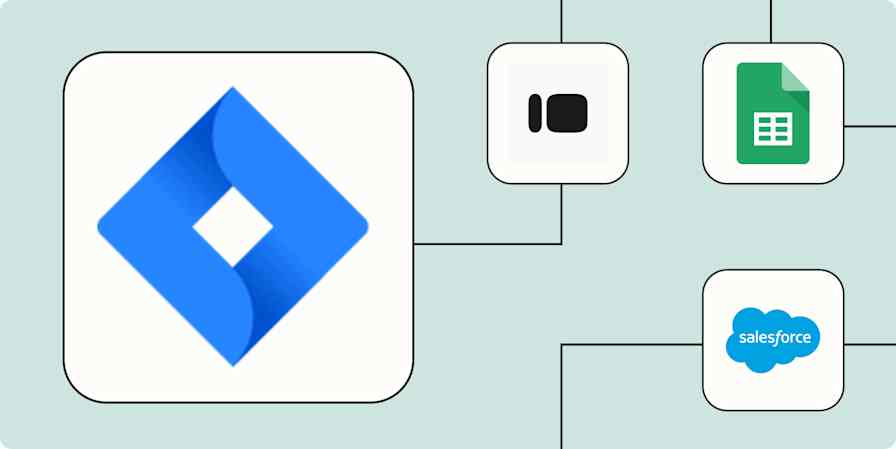Productivity tips
9 min readA Project Postmortem Toolkit: Apps and Approaches that Help You Learn More from Retrospectives
By Genevieve Colman · November 24, 2015

Get productivity tips delivered straight to your inbox
We’ll email you 1-3 times per week—and never share your information.
Related articles
Improve your productivity automatically. Use Zapier to get your apps working together.








